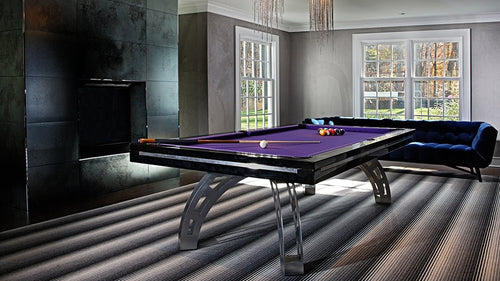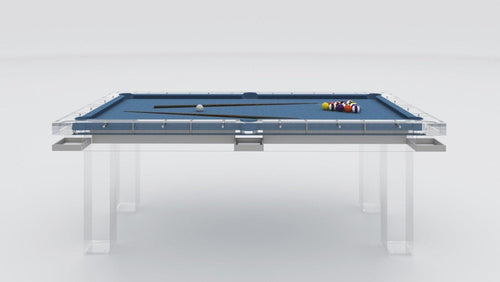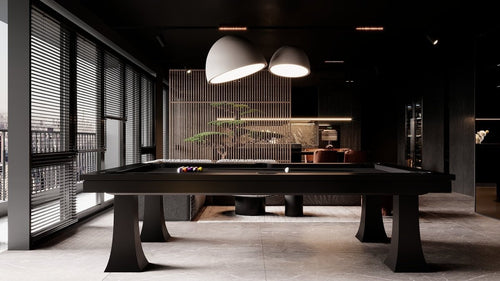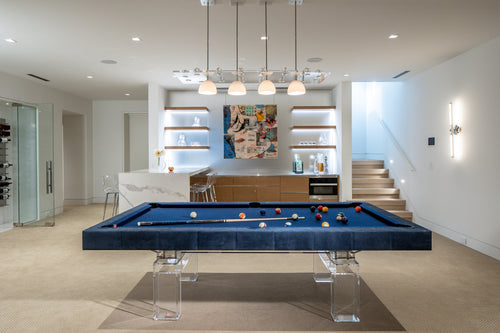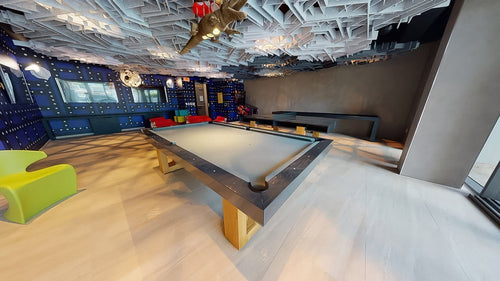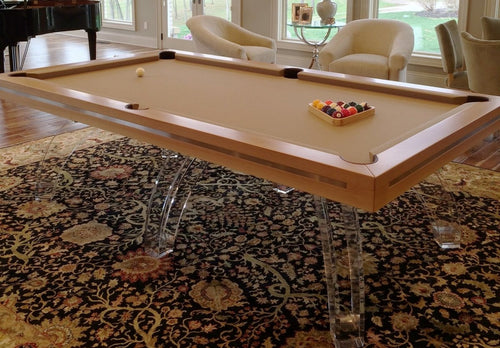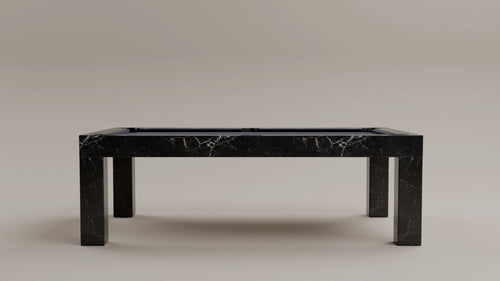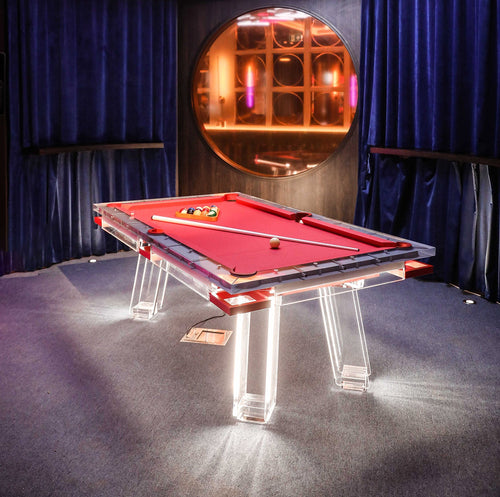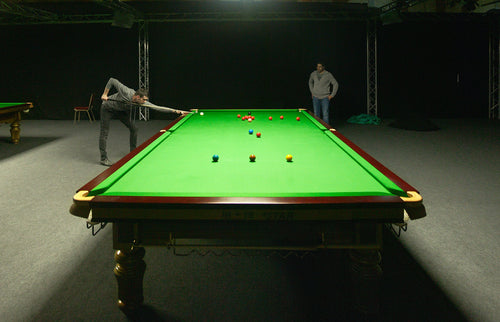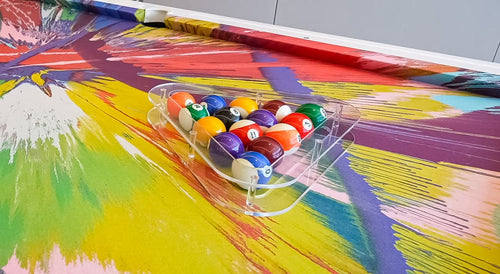Enjoy our modern designs
Estimated Read Time: 6 mins |
Ceilings are far more than an overhead plane—they’re a pivotal surface that can shape acoustics, lighting, and the entire mood of a room. Treat them with the same care you give walls and floors, and your projects instantly feel more intentional and immersive.
Historical Perspective
- Inigo Jones’s Queen’s House shows how plastered, ornamented ceilings can anchor a whole design, proving ceilings have always deserved equal billing with floors.
- Traditional wood paneling wasn’t limited to walls; extending it across the ceiling created unified, richly detailed chambers long before modern open‑plan spaces adopted the idea.
Why Designers Prioritize Ceilings
- Acoustic control: Materials with high Noise Reduction Coefficient (NRC) ratings help tame echo in workplaces, restaurants, and home theaters.
- Lighting integration: The ceiling is prime real estate for recessed cans, pendants, indirect coves, and integrated LED panels.
- Aesthetic cohesion: Finish boards and material palettes should include ceiling swatches—paint color, sheen, panel texture—to avoid the dreaded “builder‑white default.”
- Mechanical coordination: Diffusers, sprinklers, and speaker grilles read cleaner when aligned in a deliberate ceiling grid.
Primary Ceiling Treatments

Dropped (Suspended) Systems
Ideal for concealing ducts and wiring within a plenum while allowing easy access for maintenance.
- Grid styles: Exposed T, Recessed T, Stepped T, Concealed T—each shifts the visual rhythm of the ceiling plane.
- Tile options: Mineral fiber panels, micro‑perforated metal, fiberglass acoustic tiles—swap in higher NRC tiles where noise is a concern.
Hard Ceilings
Best suited to residential and hospitality settings where a smooth, monolithic look is preferred.
- Gypsum board: Economical, easy to paint, and rated in six finish levels from rough tape to museum‑grade skim coat.
- Traditional plaster: Applied over lath and wire mesh, perfect for custom curves or ornate cornices.
- Acoustic boost: Add insulation above or perforate panels to improve sound absorption without sacrificing a solid appearance.
Specialty Panels
| Panel Type | Highlights | Design Notes |
|---|---|---|
| Metal | Brushed, polished, or perforated; accepts back‑lighting | Pair with absorptive backing for balanced acoustics |
| Wood Veneer | Warmth and sophistication | Perforate or slot panels to counter low NRC |
| Acoustic Tiles | Highest sound absorption | Embossed patterns double as subtle ornament |
| Metal Baffles | Linear strips create depth and hide fixtures | Dramatic in tall lobbies or contemporary offices |
| Fabric‑Wrapped | Mineral fiber core plus woven surface | Coordinates with upholstery, ideal for theaters |
Practical Design Tips
- Reflected Ceiling Plans (RCPs) are non‑negotiable: they show fixture layout, soffit drops, and material changes in one glance.
- Paint sheen matters: Opt for “ceiling flat” in matte schemes to mask imperfections; use eggshell or satin when you want subtle reflectivity.
- Vary ceiling heights: Lower over circulation paths for intimacy, raise above focal zones for airiness—section drawings help visualize the effect.
- Sample boards: Include ceiling swatches alongside flooring, wallcoverings, and fabrics so clients see the full sensory palette.
Finishing Touches
- Choose panel NRC values early to avoid last‑minute acoustical band‑aids.
- Select fixtures that complement the ceiling grid or panel seams; concealed LEDs elevate coffered or dropped edges.
- Even a subtle tint—soft gray, warm ivory—can tie ceiling plane to wall tones without overwhelming sightlines.
Closing Thought
A well‑designed ceiling quietly orchestrates comfort, clarity, and character. Treat it as the fifth wall—matching material savvy with acoustic science and lighting finesse—and every room under it will feel complete, from historic restorations to cutting‑edge workplaces.



